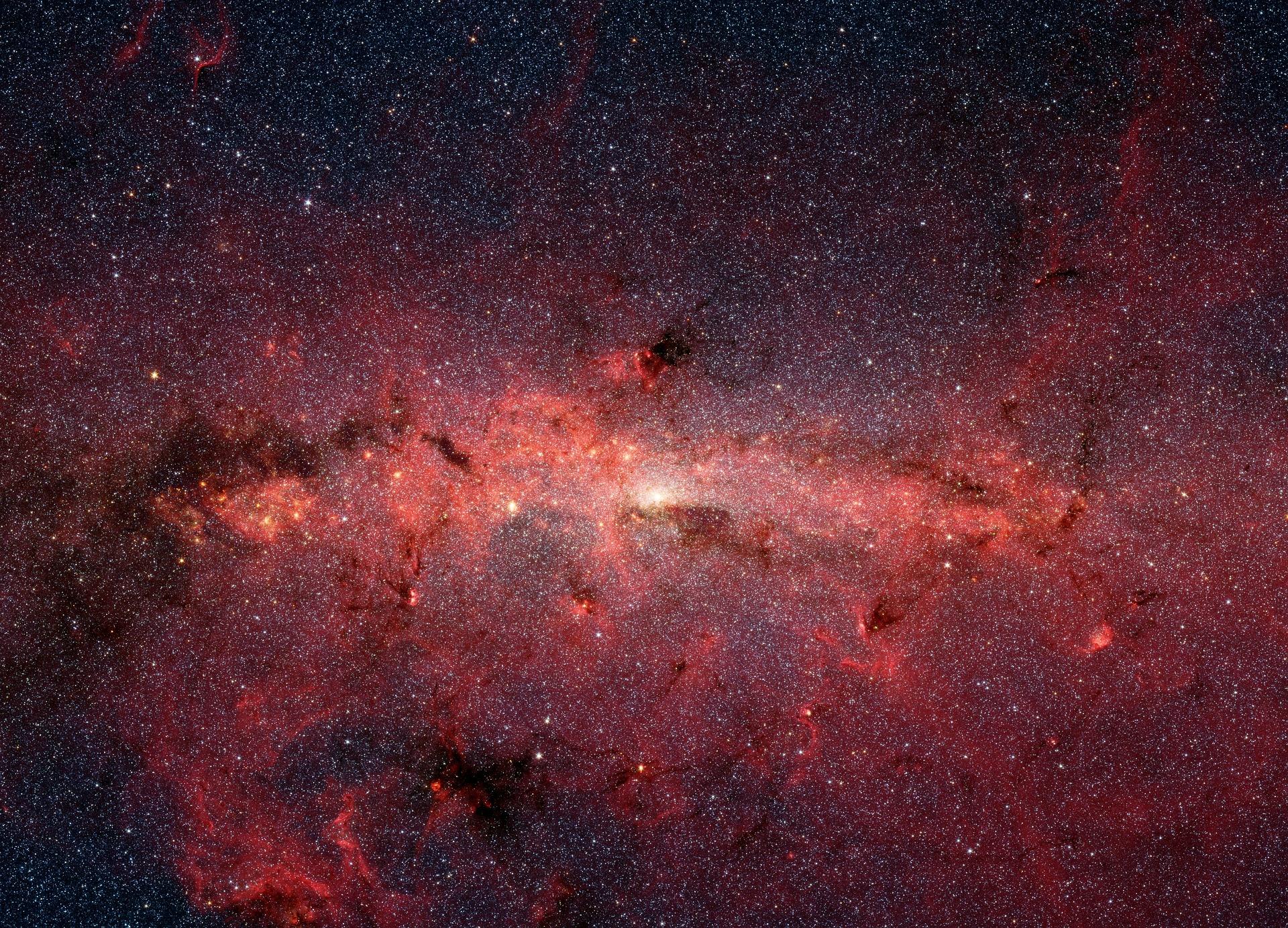Wonders and mystery of the universe and space captures us all from time to time. Even in our fast-paced, competitive modern world where we are always busy chasing the material goods we want to possess, we all have that moment when something catches our eye in the sky and see the varieties of the mixture of colours in the eastern sky at the dawn or evening. It makes us wonder and aim our thoughts far beyond the world surrounding us which we call our reality.
For those who are curious, unlike other disciplines of science such as physics, biology, chemistry, astronomy has very little hands on things to work with. This is heavily done based on lights and other sources coming from outer space and this article will tell you more about these sources.
Light emitted by cosmic objects as a source of information
Previously the breakthroughs of studying outer space primarily relied on the light source coming from the outer space which is emitted by various space object. The amount of light captured gave out solid information of that object. With the ever-advancing technology, astronomers are able to study not only visible sources but also invisible sources of energy coming off from various matters located in the space. This gave out scientists a new insight into the space.
Invisible light and radiation teaching us about the space
These energy are all wave forms. Tuning into these energy we can see a different picture of the universe than the one offered by the visible ones.
Various matters in space such as stars, galaxies and other matters give out electromagnetic radiation. This radiation could be in the form of light or radio waves. Each of these formations are comprised of vibrating forces such as electric and magnetic field stretching out into the space at the speed of light which is roughly, 300,000 km/h. On its way comes our planet earth. This radiation may come to us by thousands or millions of miles from the object.
The exact types of radiation used for the space exploration
Most of the radiation from the space is absorbed by our gassy earthly atmosphere leaving only a small amount of radiation to work with straight from the ground.
The primary types of radiation that the scientists get to work with are gamma rays, x-rays, ultraviolet, infrared and radio waves.
Tuning into one of these radiation can give out lot more information than the captured light source itself. With the innovative mind at use, humans can utilize the energy source for any purpose. One of them is X-ray for scanning internal body parts of the human, infrared for another scanning purpose and the most revolutionary one utilizing radio waves to call around the globe and send messages as distant as million miles from our earth, although the greatest part of the radiation does not make it past our turbulent gassy atmosphere. The radiation shorter than 310nm does not even make it the ground level of our earth. Of course, even though it makes it more challenging to use radiation for the space exploration, it is actually a great feature of our atmosphere to protect the Earth and its biology from the radiation coming from the outer space. Great as it might be for studying the space, it is definitely not safe for people.
Solutions for using more of the radiation for the space exploration
Fortunately, to expand the horizon there are probes floating beyond our hazy atmosphere to give scientists the well fine tuning chances to use for studying. These probes are for instance, Campton which observes the Gamma Rays, Rosat for X-ray, the Skylab solar telescope for detecting extreme ultraviolet, the Astro telescope on shuttle for ultraviolet, the Hubble telescope for optical astronomy, infrared space observatories as well as COBE for detecting radio waves. All of the information gathered with the help of these tools and captured radiation gives the final image of the space which is a way more detailed than it is in the case of relying exclusively on the visual light.


Thanks God that we have an atmosphere that protects us from cosmic radiation.